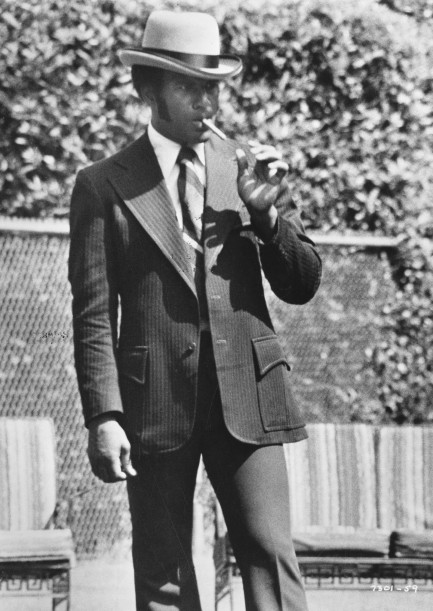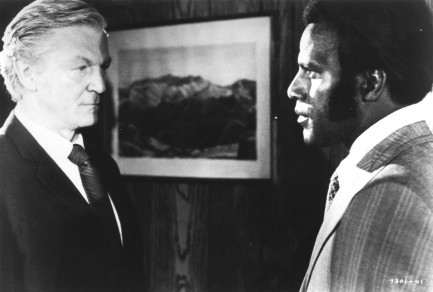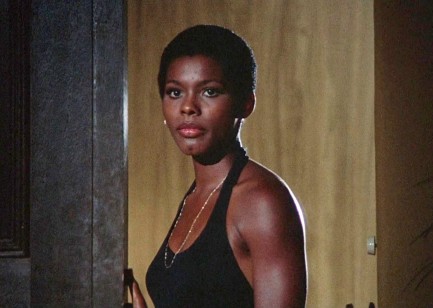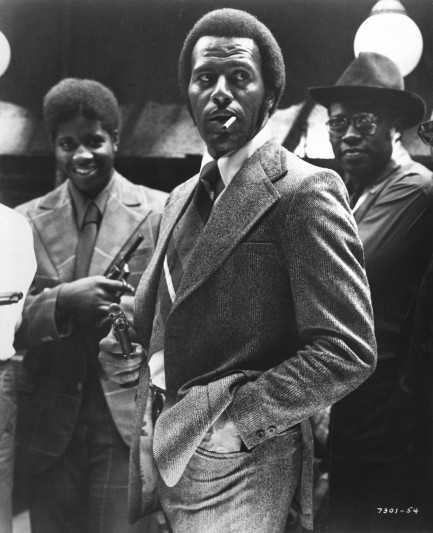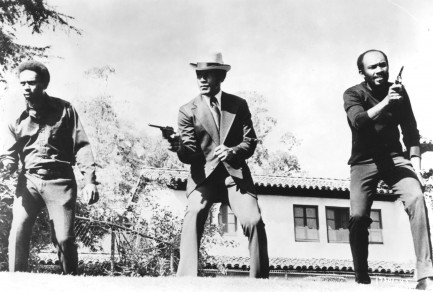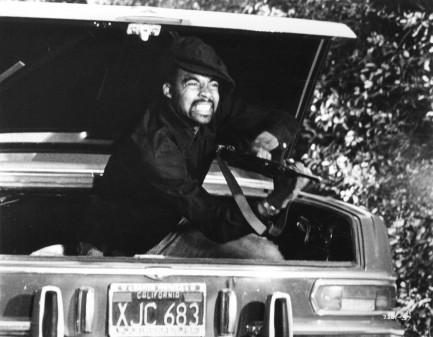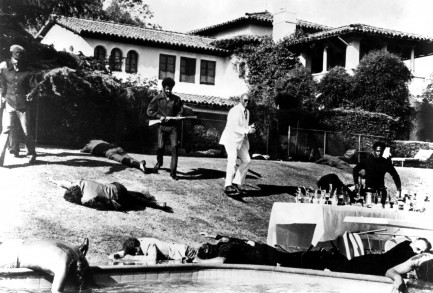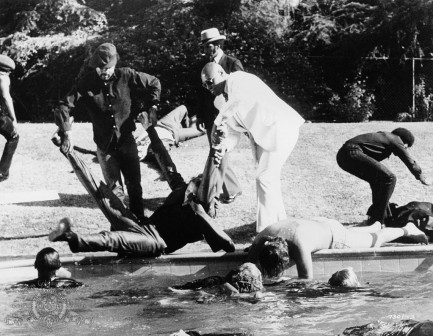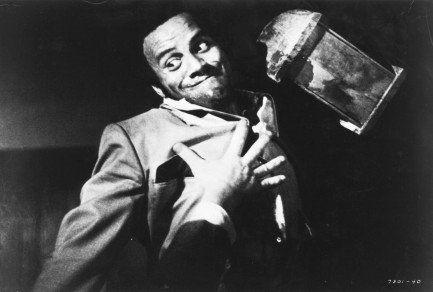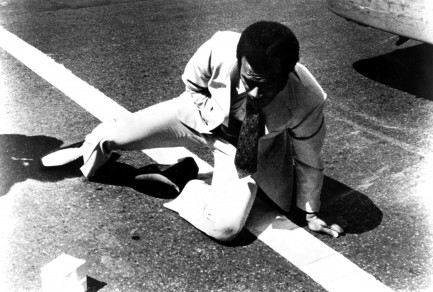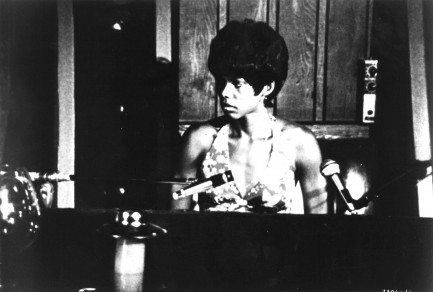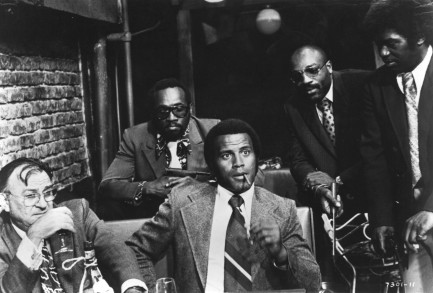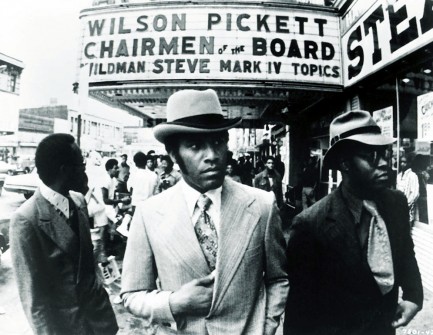| Vintage Pulp | Jul 2 2022 |

Anyone hoping for a relaxing weekend should probably choose a different place.
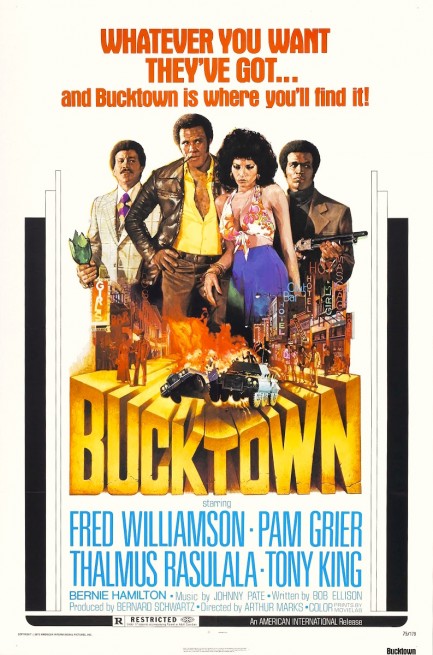
We've featured several blaxploitation posters by George Akimoto, so you could be forgiven for thinking the above effort was also painted by him, especially because it's in a similar photo-realistic style, but it's actually the art of Robert C. Kinyon, a new name to our website. He painted it for the Fred Williamson actioner Bucktown, which premiered in the U.S. today in 1975. We've uploaded close-ups below so you can see some of the nice elements Kinyon included, especially the urban street scene with its overlapping, multi-colored neon lights. We'll be keeping a watch for more art from him.
Obviously we watched this movie, and plotwise Williamson arrives in the eponymous Bucktown to bury his brother, who died of pneumonia. Included in his estate is the local nightspot Club Alabam. Williamson wants to sell it and get out of town, until he discovers his brother died of pneumonia alright—after being beaten and left in the freezing rain for refusing to pay off the local cops. Turns out Bucktown is crooked from the top of the police department all the way down to the bottom of the county clerk's office. Only the mayor is clean, but he's helpless.
The Bucktown cartel tries to shake down Williamson for money owed by his brother, as well as for future nightclub profits, but he isn't the type to be intimidated, so he calls in some out-of-town help. A trainload of northern hustlers arrive and soon it's open warfare as Williamson's backup crew starts shooting down crooked lawmen. It's pretty clear, though, that he's going to have trouble with his helpers. That trouble is worse than he imagined. Once the local law is eliminated his pals take over the town and Williamson is basically back at square one. Lesson: power corrupts.
Pam Grier is in this, which is only half the reason we watched it. The other is Williamson, who we've come to regard as a great screen presence. Grier co-stars as a justice-minded local girl who quickly falls into bed with him. Her early roles usually allowed her to play it tough, but here she's a worried girlfriend—a part that doesn't fit her well or use her talents properly. Even so, she's still the lovely Miss Grier and she gets plenty of screen time. Also aboard is the reliable Thalmus Rasulala as head of the out-of-town invaders, and Carl Weathers as of one of his gunmen.
In the end you wind up with a movie the resides somewhere in the middle ranks of blaxploitation in terms of quality and entertainment value. It's low budget, and only passably acted, but it offers up a vision of smalltown corruption right out of Dashiell Hammett's Red Harvest. In both cases the hero might have been better off heading down the road, but in both cases they're required to stick around and beget some brutal violence. Bucktown barely survives the onslaught, but it's just another day in the realm of blaxploitation.
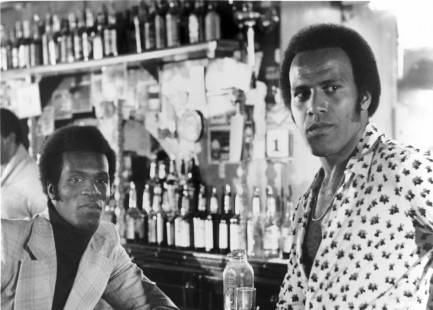
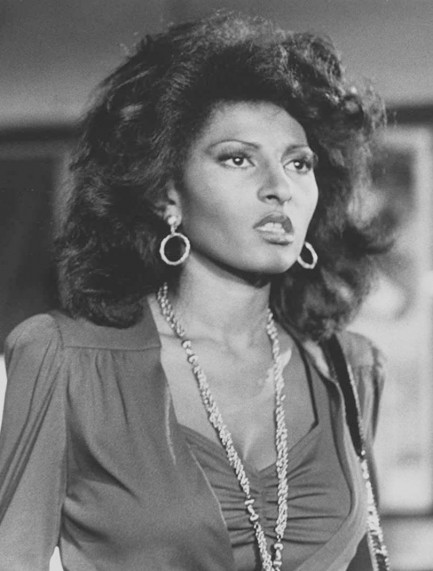
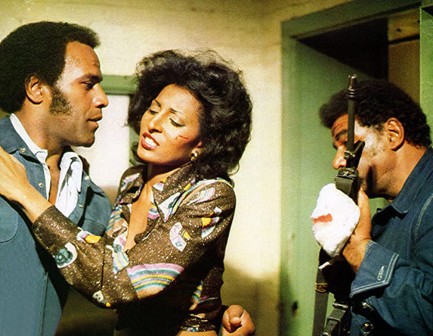
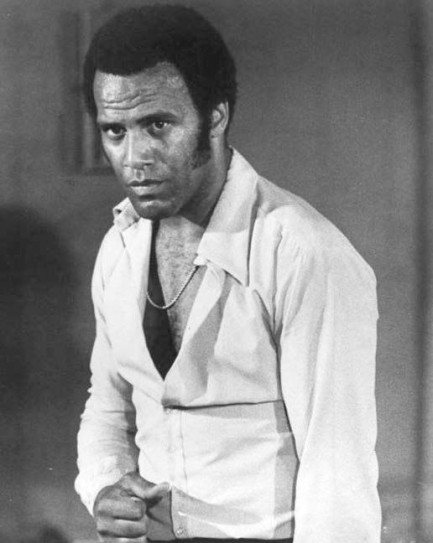
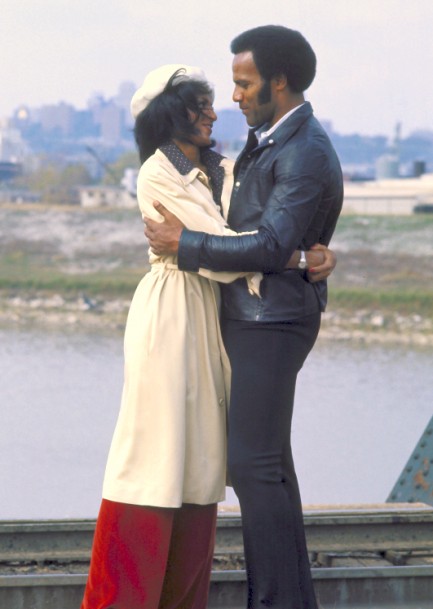

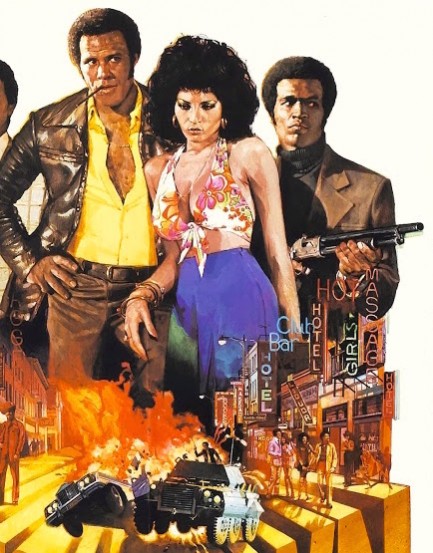
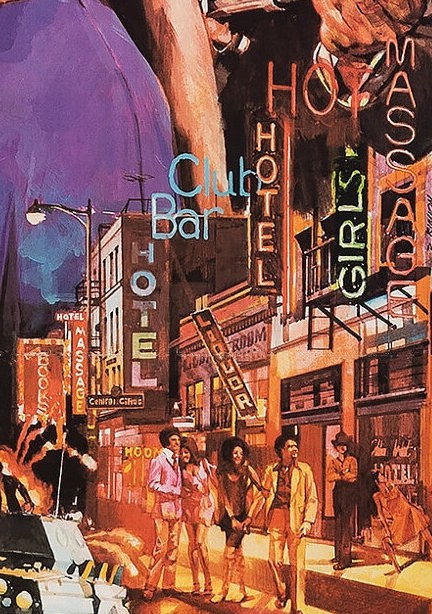
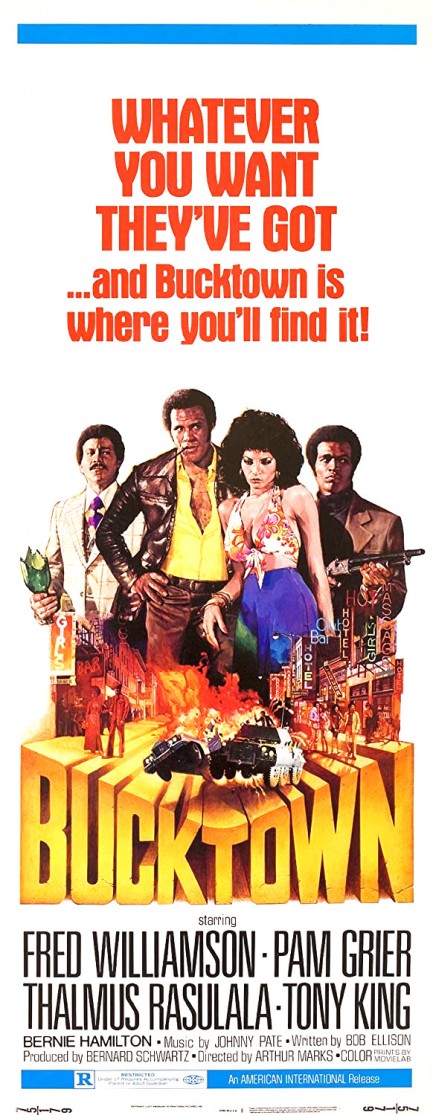









| Vintage Pulp | Feb 7 2022 |

You can build a kingdom with bullets but you might not rule it for long.
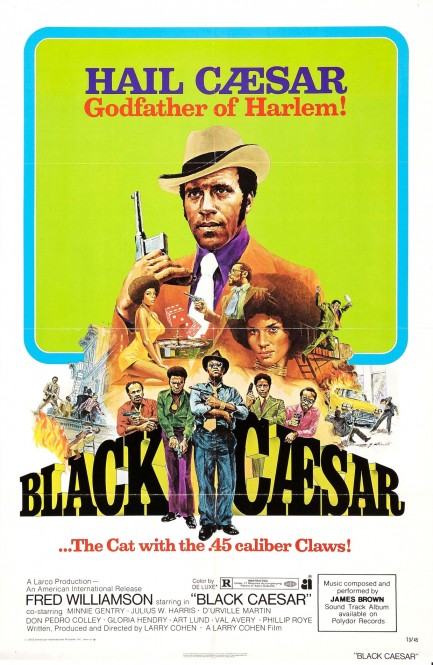
This poster for Black Caesar was painted by George Akimoto, who probably needs a bit more recognition for his movie promos, particularly those from the blaxploitation cycle. We've featured his work before, on this poster and this paperback cover, and they're worth a look. The star of Black Caesar is ex-NFL cornerback Fred Williamson, who decides to take over the Italian rackets in New York City. The story arc is pure Scarface. What results is a bloody gang war—well, more of a massacre, since the mob is so taken by surprise by Williamson's bullet-riddled offensive that they can't effectively fight back at first. But as you might expect, la cosa nostra get their shit together and rebound hellbent on Williamson's destruction.
Black Caesar is ambitious, a shift in tone from most blaxploitation efforts, which tend to have large portions of humor. The entire feel here is darker and more dramatic, with brutal interpersonal interactions and ear-melting racial discord. Even Gloria Hendry, whose physicality and beauty made her a popular choice for action-adventure roles throughout the seventies, mines some ugly emotional depths here. She has the bellwether role as the woman whose mistreatment by Williamson marks the moment when we know he's a bad guy. Not bad-but-good in the style of an anti-hero, but bad within the film's moral universe.
Black Caesar, in addition to its foreboding tone, offers pointed commentary about generational violence, entrenched police corruption, and the role of religion within black culture. This latter is embodied by D'Urville Martin's holy roller minister, who, when asked for practical help in a life-threatening situtation, resorts to prayer—of no immediate use whatsoever when someone is gutshot. We don't know how the movie was received when released, but it certainly must have ruffled a few feathers. But then most blaxploitation movies did. Within the genre we think the uncompromising Black Caesar is a must-see. Plus it has a killer James Brown soundtrack. It premiered today in 1973.
